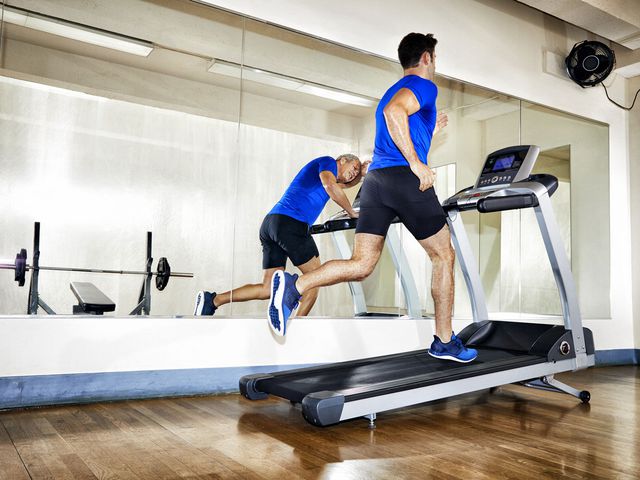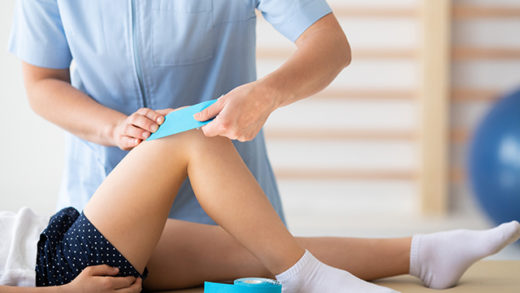Busy schedules, limited gym access, and the convenience of the home have led many fitness enthusiasts to embrace the idea of working out at home. Contrary to the belief that a well-equipped gym is necessary for an effective workout, there are plenty of exercises you can do at home without any equipment. In this blog post, we’ll explore a variety of effective bodyweight exercises that can help you build strength, improve flexibility, and stay fit without the need for fancy gear.
Benefits of Home Workouts:
Working out at home offers numerous benefits beyond the convenience of skipping the commute to the gym:
Cost-Effective: Home workouts save you money on gym memberships and expensive fitness equipment.
Time-Efficient: There’s no need to wait for equipment or factor in travel time. You can start your workout whenever you’re ready.
Privacy: Home workouts provide a comfortable and private environment where you can focus on your exercises without any self-consciousness.
Flexibility: You have the flexibility to choose your workout time and adapt your routine to your schedule.

Effective Exercises You Can Do at Home:
Push-Ups: Push-ups are a classic bodyweight exercise that targets the chest, shoulders, and triceps. Modify the difficulty by doing knee push-ups or elevating your hands on a sturdy surface.
Squats: Squats work your lower body, including your quadriceps, hamstrings, and glutes. Focus on the proper form by keeping your knees aligned with your toes and your back straight.
Lunges: Lunges target your legs and glutes while improving balance. Perform forward, reverse, or lateral lunges to engage different muscle groups.
Planks: Planks are excellent for core strength and stability. Start in a push-up position but rest on your forearms instead of your hands. Keep your body in a straight line from head to heels.
Glute Bridges: Glute bridges strengthen your glutes and lower back. Lie on your back with your knees bent and feet flat on the floor. Lift your hips off the ground, squeezing your glutes at the top.
Burpees: Burpees are a full-body exercise that combines a squat, push-up, and jump. They’re great for cardiovascular fitness and building strength.
Mountain Climbers: Mountain climbers elevate your heart rate while engaging your core and leg muscles. Start in a push-up position and alternate bringing your knees toward your chest.
Tricep Dips: Tricep dips target the back of your arms. Use a sturdy chair or a low table, place your hands behind you with fingers facing forward, and lower and lift your body using your triceps.
Supermans: Supermans strengthen your lower back and engage your core. Lie face down and lift your arms, chest, and legs off the ground simultaneously.
High Knees: High knees are a cardio exercise that also engages your core and leg muscles. Alternate lifting each knee to hip level while jogging in place.
Creating Your Home Workout Routine:
Warm-Up: Start with a dynamic warm-up to get your muscles and joints ready for exercise. Incorporate movements like arm circles, leg swings, and light jogging.
Choose Exercises: Select a variety of exercises that target different muscle groups. You can create a circuit by performing each exercise for a set amount of time (e.g., 30 seconds) or repetitions (e.g., 10-15 reps).
Sets and Reps: Aim for 2-3 sets of each exercise. Start with 10-15 reps per set and adjust as needed based on your fitness level.
Rest: Allow 30-60 seconds of rest between exercises to catch your breath and recover.
Cool-Down: Finish your workout with static stretches to improve flexibility and prevent muscle soreness. Focus on areas you worked on during the workout.
Progression and Challenge:
As you become more comfortable with your home workout routine, you can introduce variations to keep challenging your body:
Increase Intensity: Modify exercises to make them more challenging. For example, add a jump to your squats or perform push-ups on an inclined surface.
Add Variety: Incorporate different exercises or change the order of exercises to keep your routine engaging.
Use Timed Intervals: Instead of counting reps, perform exercises for a set amount of time (e.g., 30 seconds) and focus on doing as many reps as possible in that time.
Incorporate Plyometrics: Plyometric exercises involve explosive movements that can enhance your power and agility. Examples include squat jumps and jump lunges.
Try Tabata: Tabata is a high-intensity interval training (HIIT) method that involves 20 seconds of intense exercise followed by 10 seconds of rest, repeated for four minutes.
Staying Motivated:
Set Goals: Define clear fitness goals to work towards, whether it’s building strength, improving endurance, or maintaining overall fitness.
Track Progress: Keep a record of your workouts to track improvements and celebrate milestones.
Create a Schedule: Set a consistent workout schedule to establish a routine that becomes a habit.
Find a Workout Buddy: If possible, find a family member or friend to join you in your home workouts for accountability and support.
Stay Positive: Focus on your progress and the benefits of working out rather than dwelling on any setbacks.
Conclusion:
Working out at home doesn’t require expensive equipment or a dedicated gym space. Effective bodyweight exercises can help you build strength, increase endurance, weight loss, and improve flexibility right in the comfort of your home. By choosing a variety of exercises, creating a balanced routine, and staying committed, you can maintain your fitness goals and experience the numerous benefits of regular exercise, all without the need for any equipment. So, clear some space, lace up your shoes, and start your journey to a healthier you with a fulfilling home workout routine.










